
6 days on the Lewis & Clark Trail
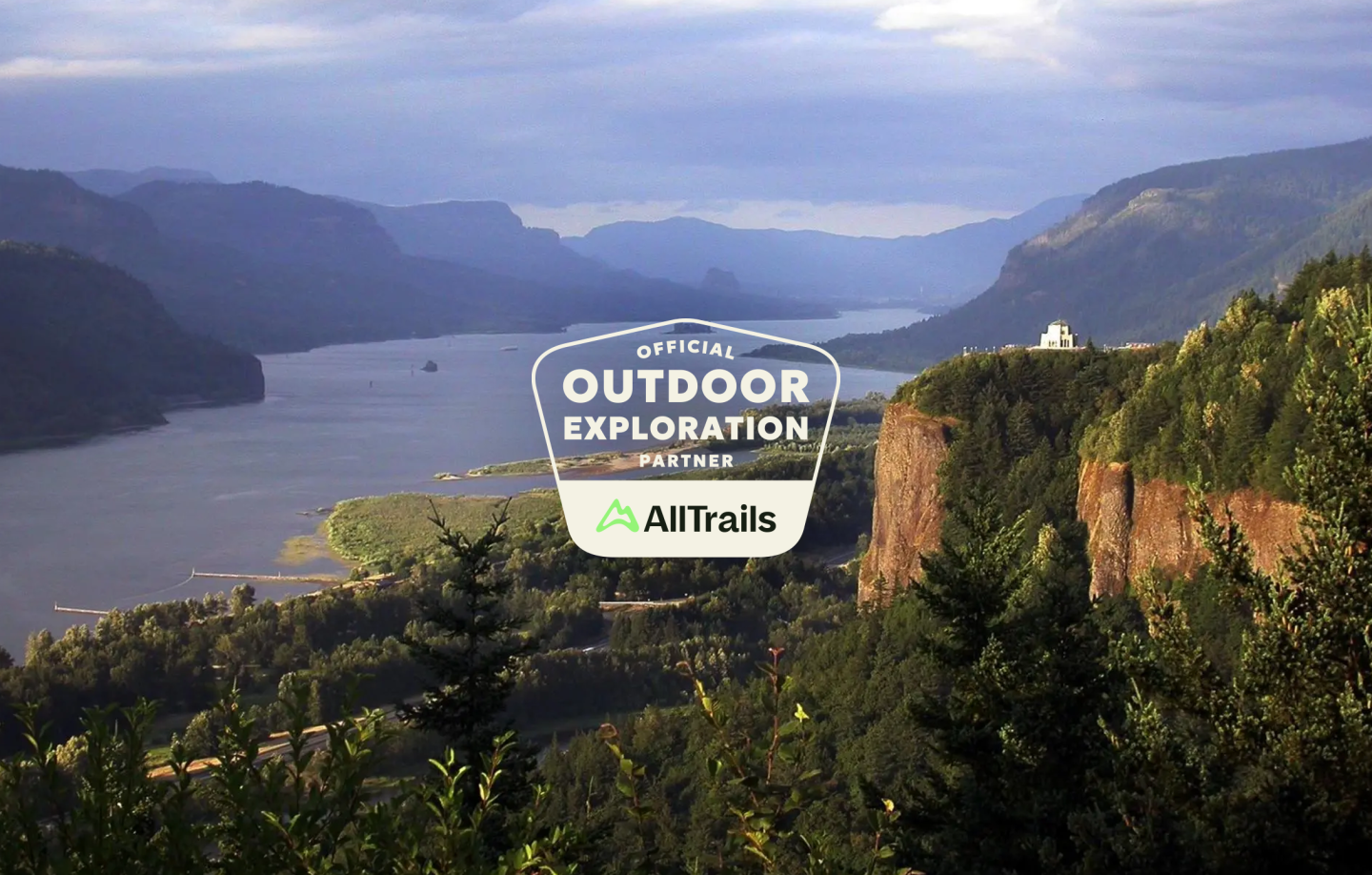
Immerse yourself in history as you journey along the winding Missouri River that Lewis and Clark followed west on this six-day itinerary. Enjoy museums, state parks, and the arts and culture of the Midwest as you trace the path of the Corps of Discovery.
Kansas City
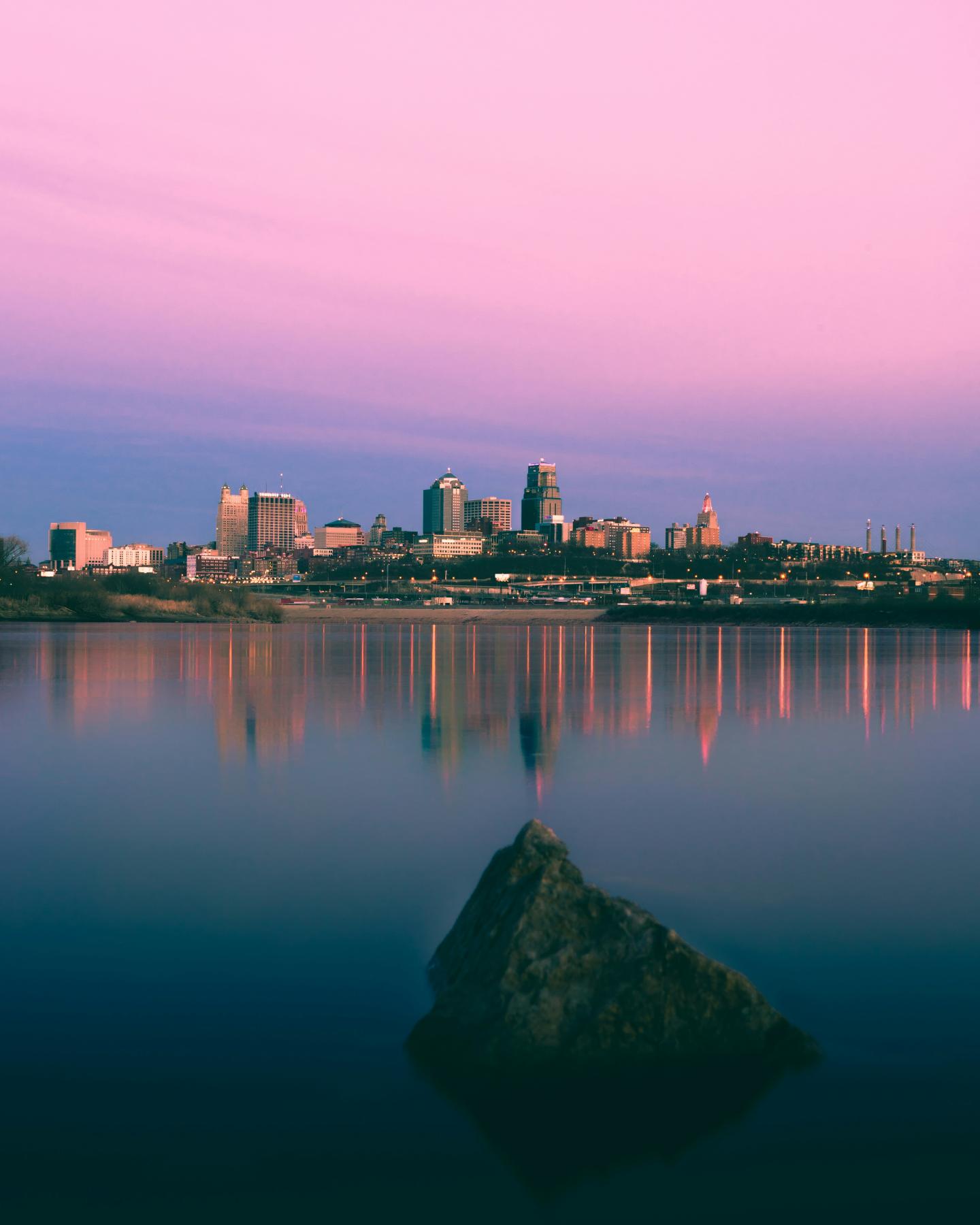
Begin your journey at Kaw Point Park
As you begin your journey along the Lewis and Clark National Historic Trail, spend a day wandering Kansas City or visiting one of its many museums. Stop by Kaw Point Park, located in the center of the city. This park's pristine natural beauty pairs with a stunning view of downtown Kansas City. The expedition rested here where the Missouri River meets the Kaw River and there are plenty of opportunities to learn the history while enjoying the beauty of the outdoors.
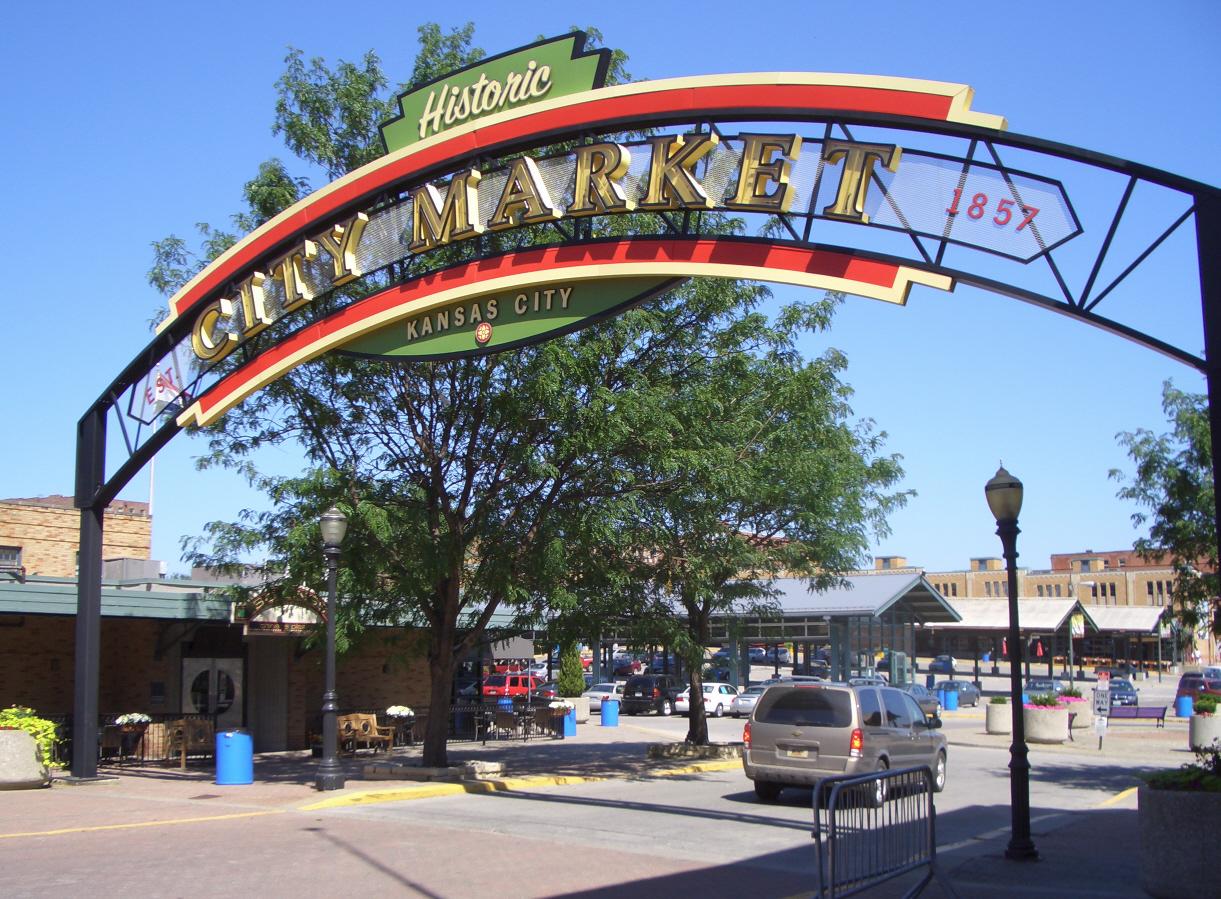
River Market District
At night, the River Market District comes to life—live music and a vibrant atmosphere invites you to reflect on how much the area has changed since Lewis and Clark’s journey more than two hundred years ago.
Weston and St. Joseph
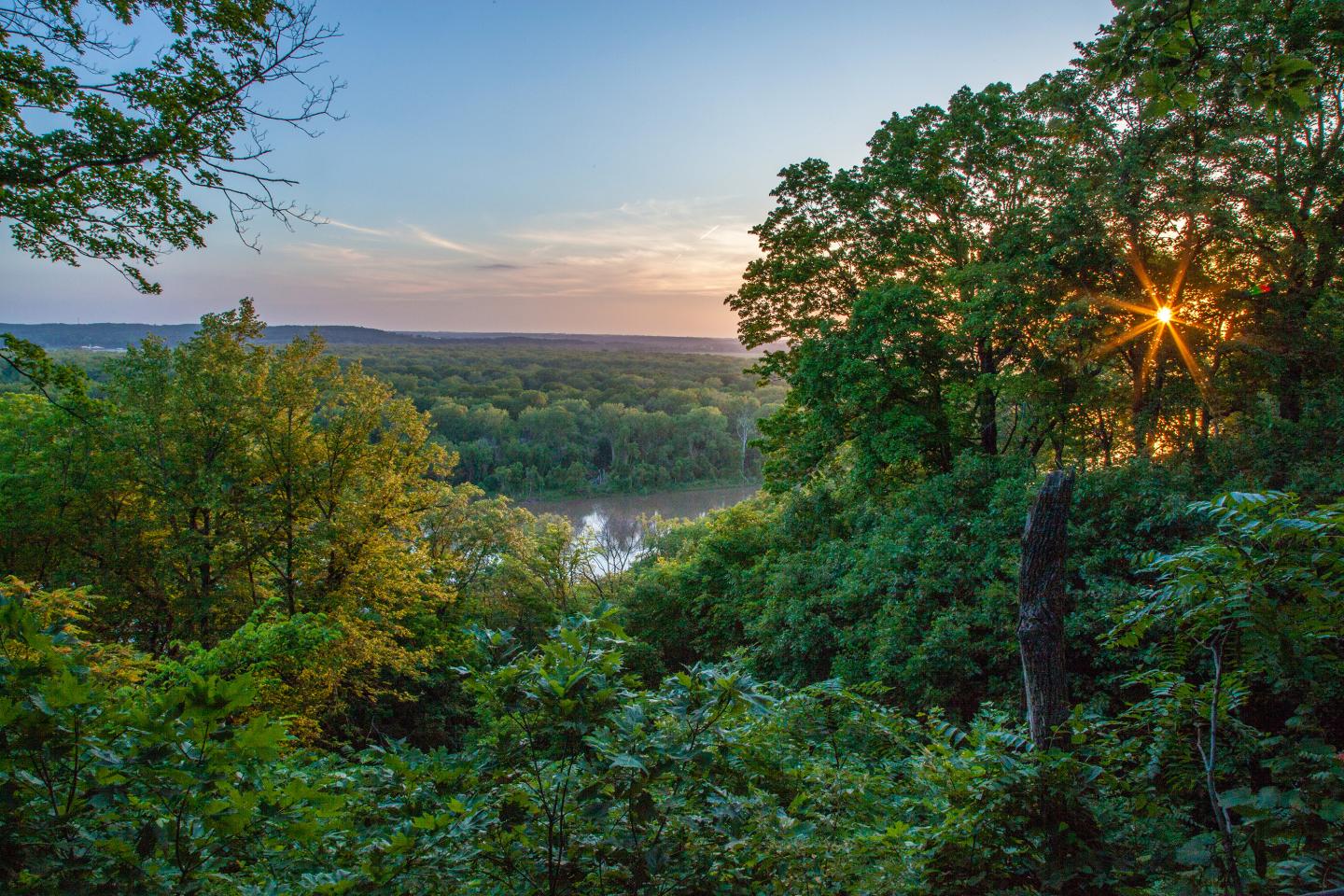
Hike at Weston Bend State Park
Travel to Weston Bend State Park and take in scenic Missouri River views. Hike the park’s trails and visit local exhibits to imagine what landscapes Lewis and Clark would have encountered while passing through over 200 years ago.
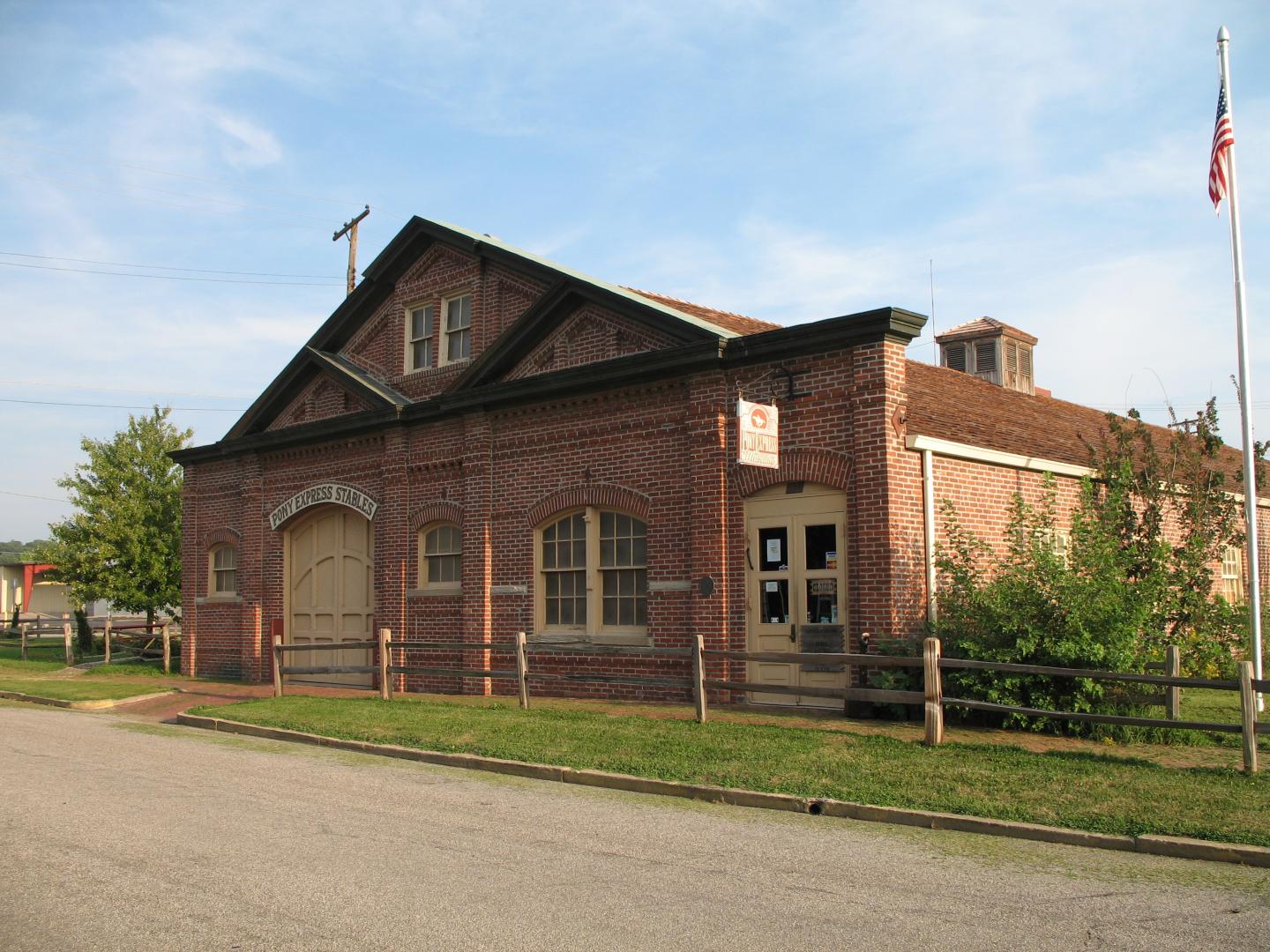
Dinner in Historic Downtown St. Joseph
End your day with dinner in charming Downtown St. Joseph. Explore the city's many historic buildings. Stay overnight in St. Joseph before continuing your journey.
Nebraska City and Omaha
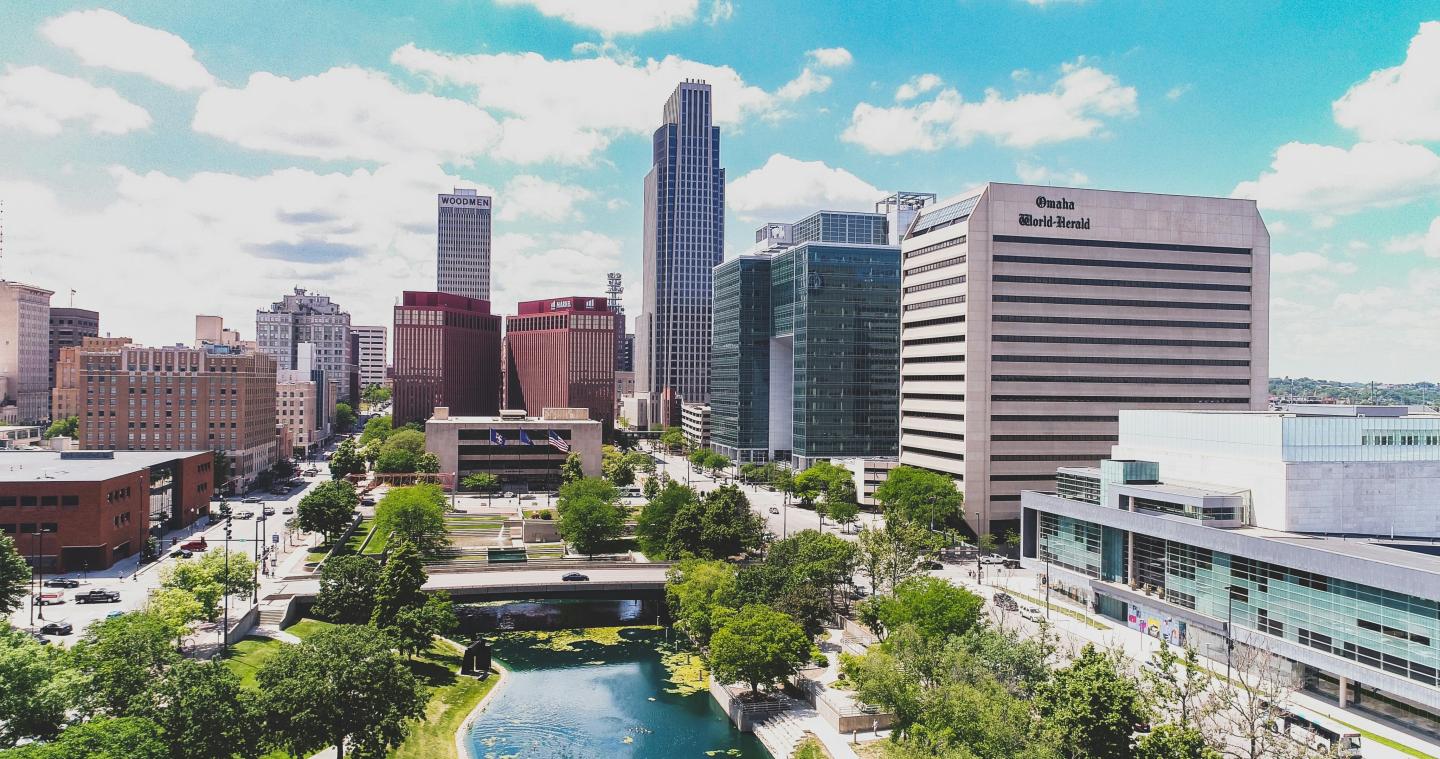
Visit Trail Headquarters
Drive an hour north into Omaha, Nebraska and stop at Lewis and Clark National Historic Trail Headquarters for extensive exhibits about the Corps of Discovery’s entire 4,900 mile expedition.
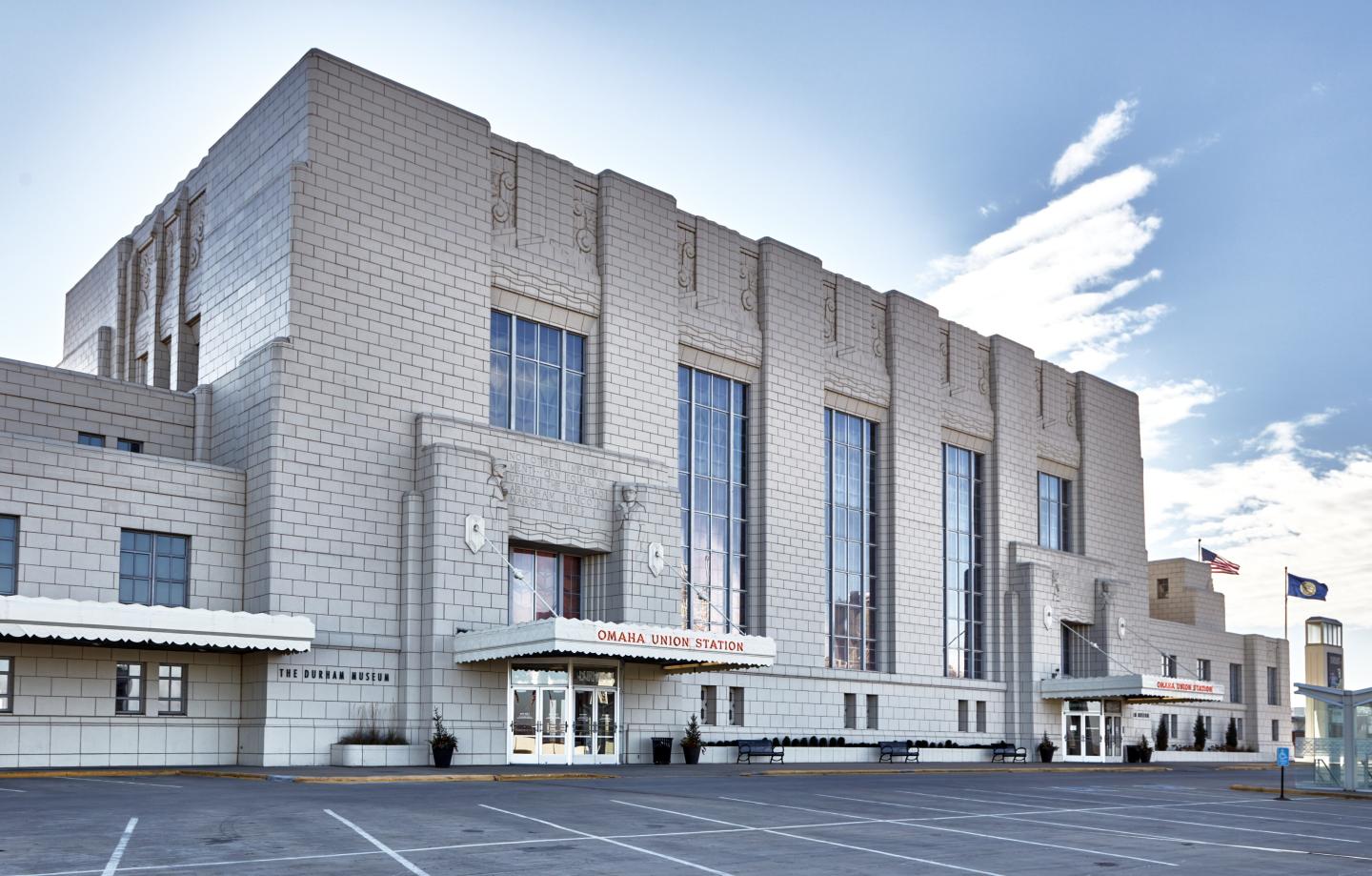
Explore the Durham Museum
Learn about the regional history that Lewis and Clark’s journey so dramatically shaped at the Durham Museum, housed in a historic Art Deco train station.
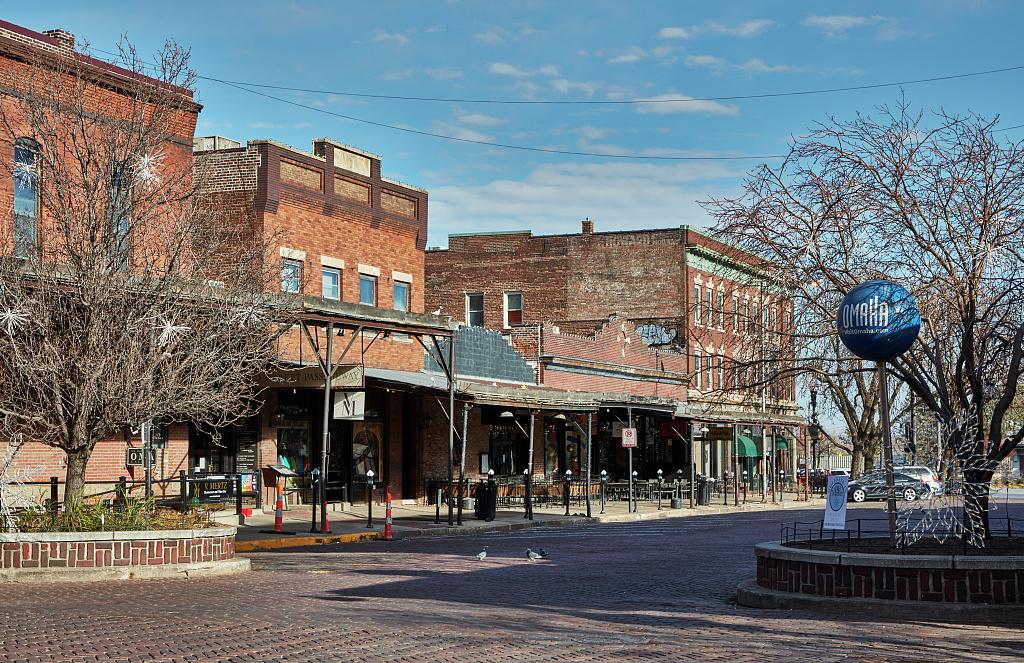
Enjoy Omaha's Old Market District
Have dinner in the Old Market District, a lively area with cobblestone streets, unique shops, and a variety of restaurants. Stay overnight in downtown Omaha.
Indian Cave State Park and Sioux City
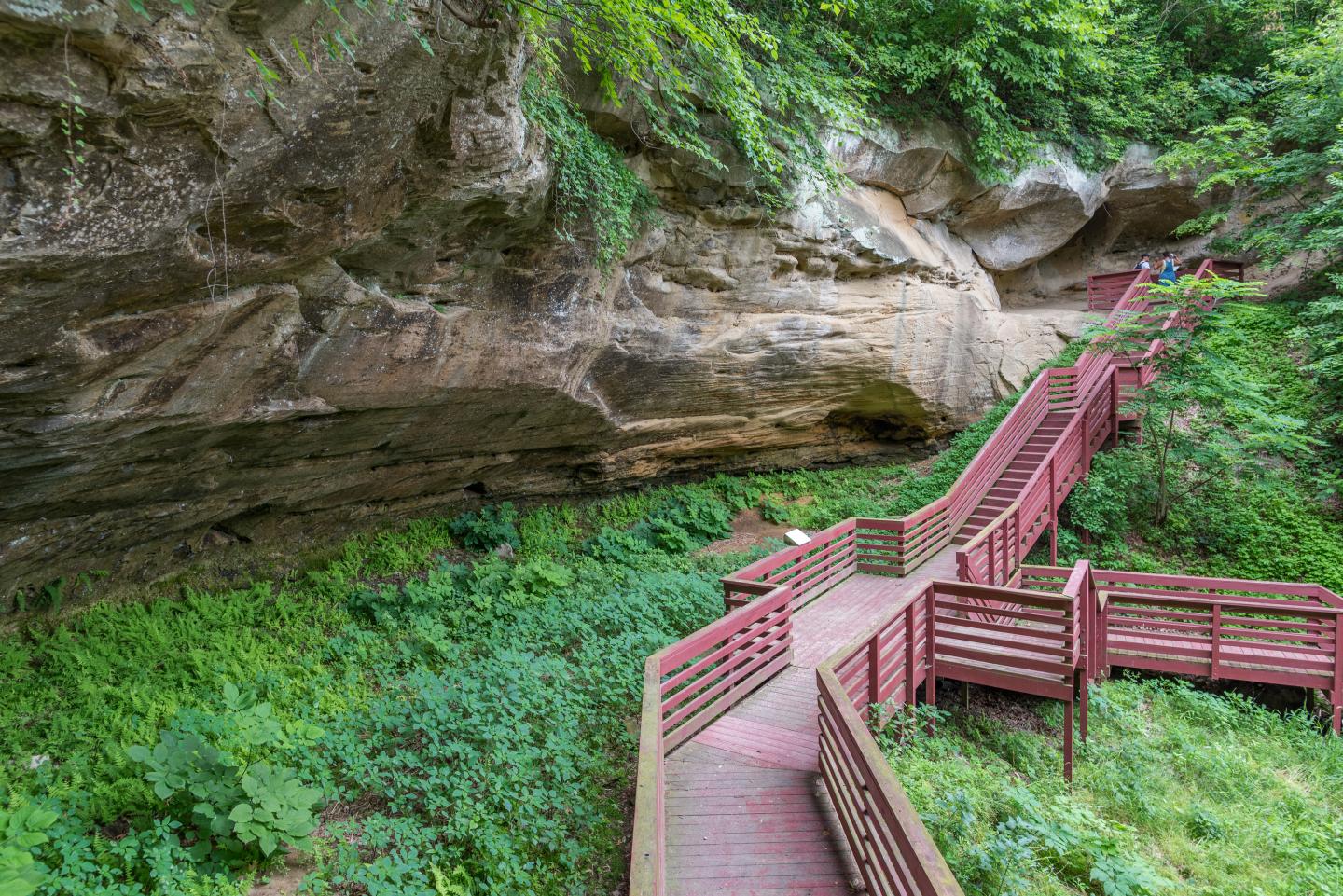
Stop by Indian Cave State Park
This park is so neat that you might want to extend your stay. It's named for the large sandstone cave within the park and encompasses more than 3,000 acres bordering the Missouri River. Picnic, hike, and bike. Or, for a longer stay, reserve a camping spot and turn this six-day adventure into a two-week journey.

Explore the Sioux City Lewis & Clark Interpretive Center
Visit the impressive and interactive Lewis & Clark Interpretive Center in Sioux City, Iowa, which explores the Corps of Discover’s journey from July to September 1804 in the surrounding area, focusing on the death of Sergeant Charles Floyd in August, the only fatality on the trip.
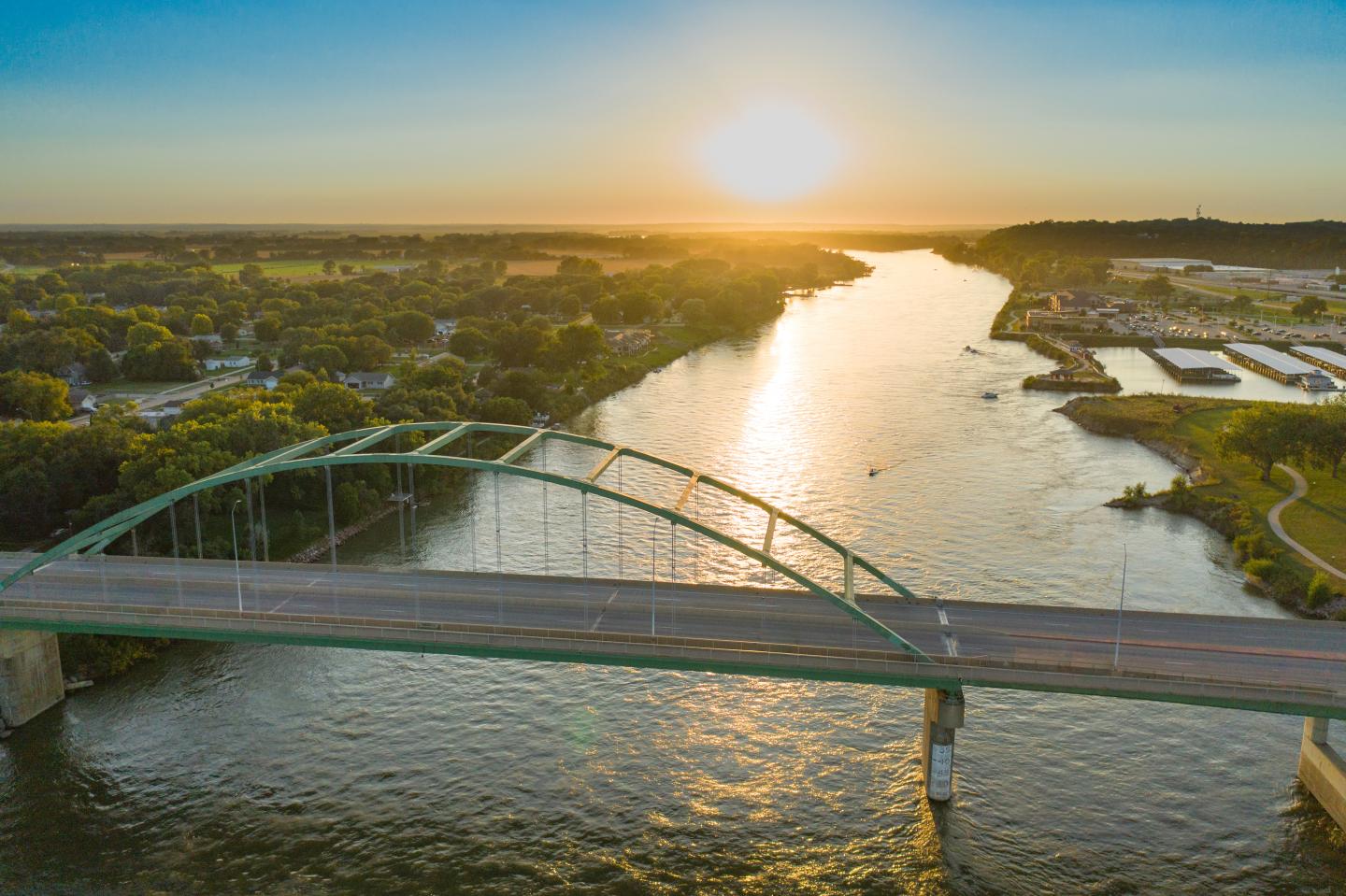
Relax along the Missouri River
End your day with a peaceful evening in one of Sioux City’s many riverfront parks, a perfect setting for reflecting on your travels through time.
Sioux City to Ponca State Park
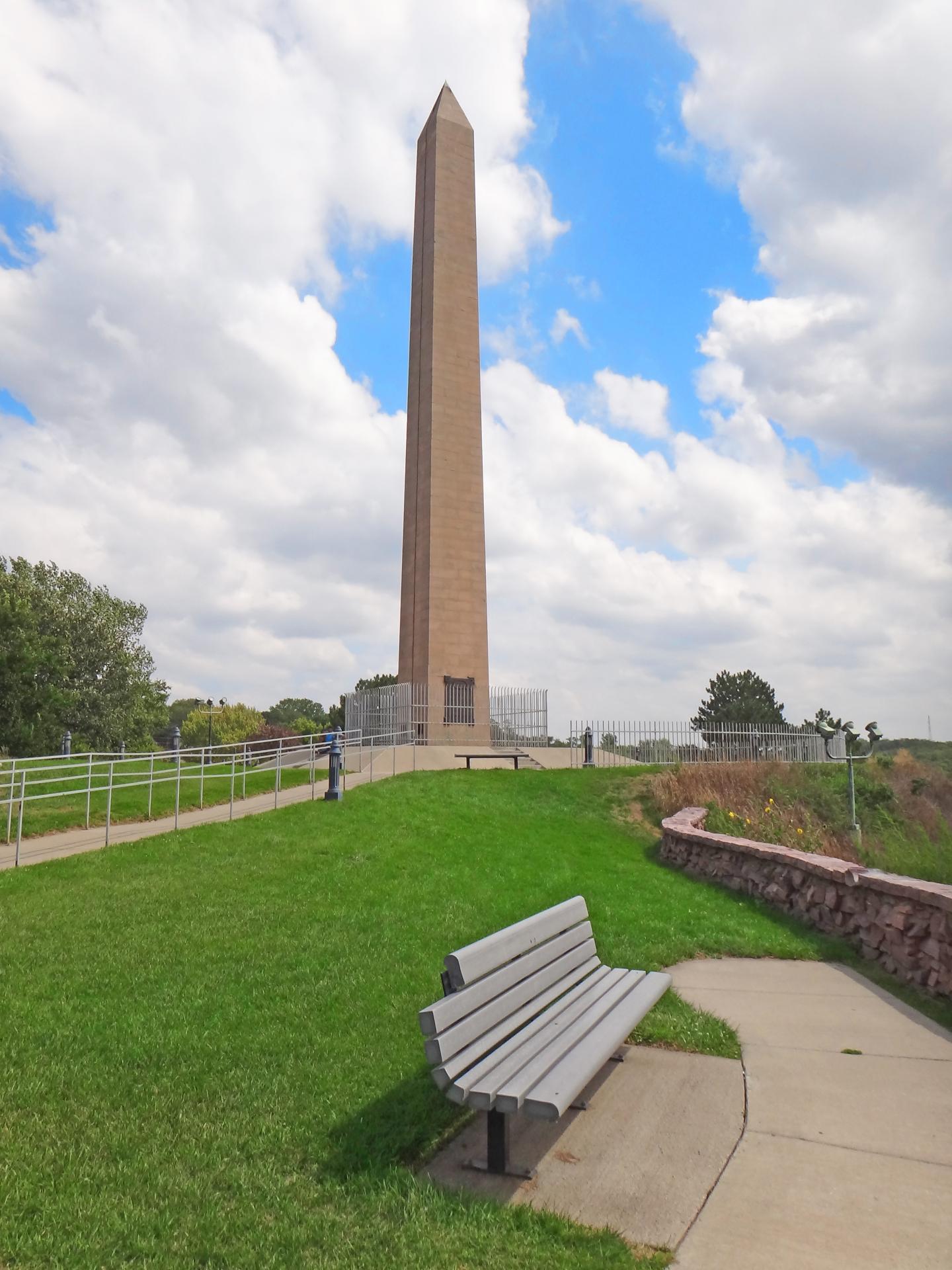
Visit the Sergeant Floyd Monument
Before leaving Sioux City, pay your respects at the Sergeant Floyd Monument, honoring the only member of the Lewis and Clark Expedition who died during the journey.
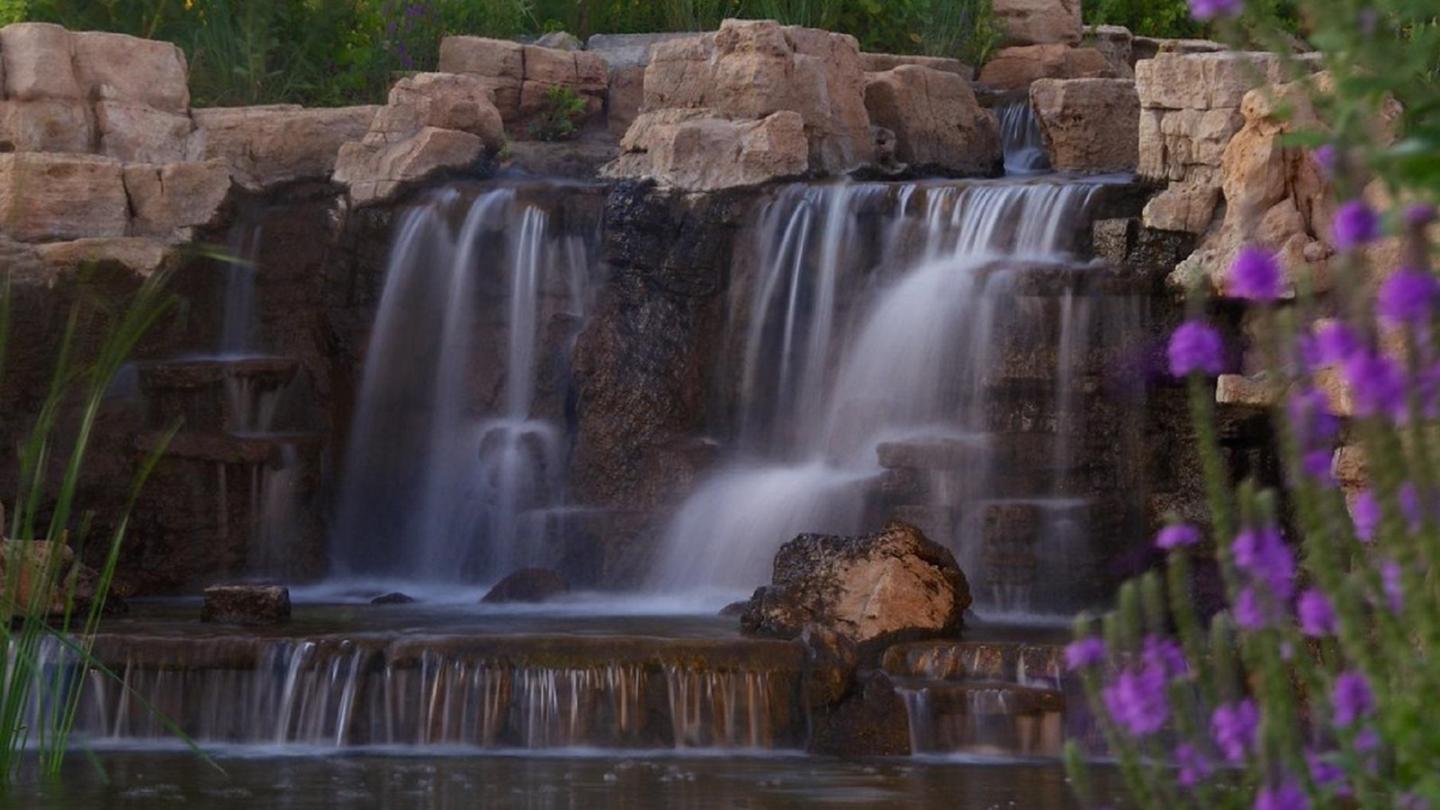
Discover Ponca State Park
Spend the rest of the day at Ponca State Park, one of Nebraska’s most popular state parks, exploring wetlands and forests. It was on these lands that Lewis and Clark traded for crucial supplies with the Ponca People.
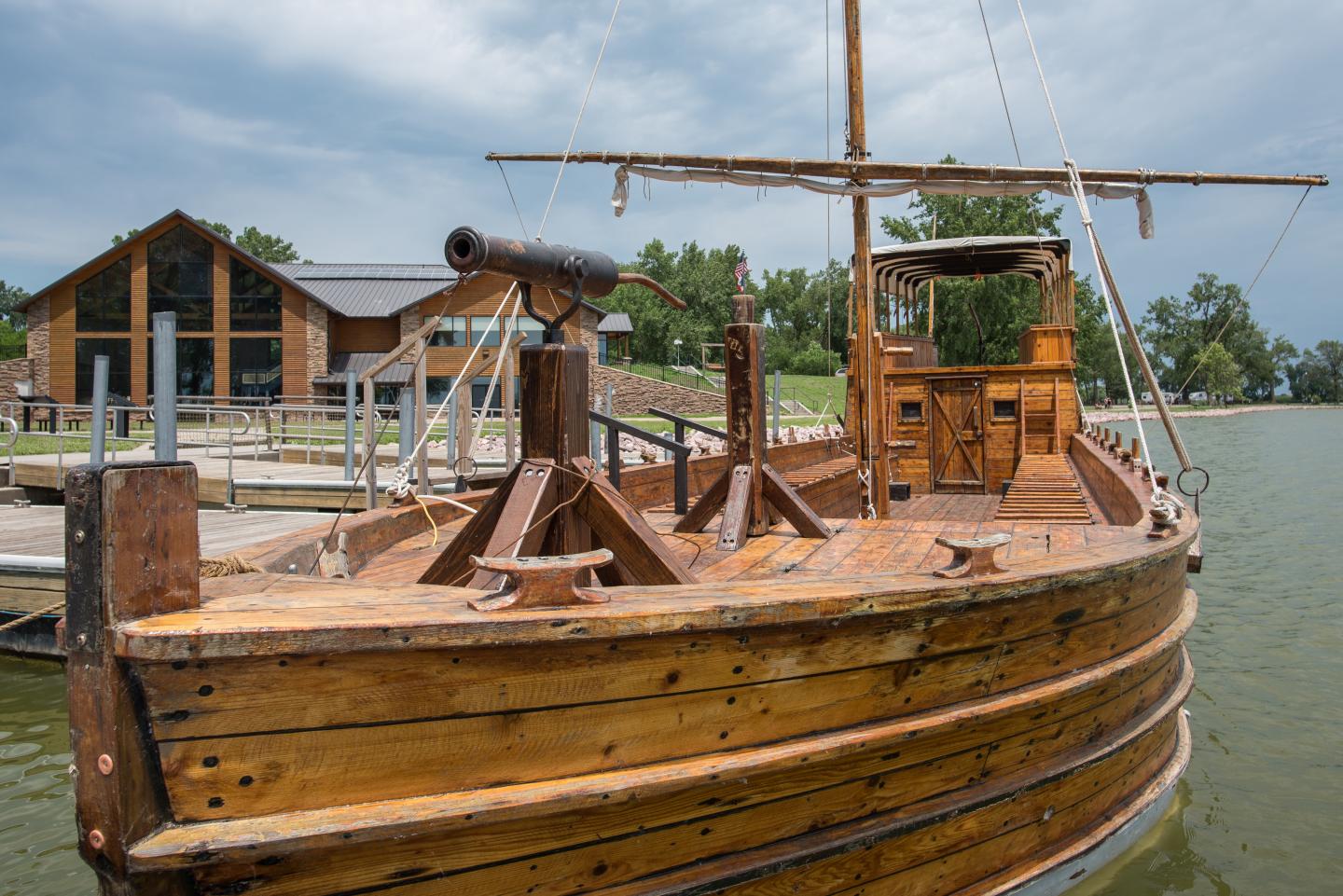
Lewis and Clark State Park
This state park is the perfect place to deepen your knowledge and experience more of this beautiful region. Make a reservation to camp or visit for a day.
Visit Smart
Plan ahead
Check operating hours and booking sites for guided tours and reservations at each site to make the most of your visits. Check out resources like AllTrails to plan your hikes along the way.
Watch the weather
Weather on the Midwestern Plains can change quickly—pack layers to stay comfortable.
Gear up
Prepare like Lewis and Clark for your own expedition by wearing comfortable walking shoes and bringing plenty of water and snacks.
Leave no trace
These Midwestern landscapes are located on the ancestral homelands of many Indigenous peoples, and the history is deeply connected to Indigenous heritage. Respect the environment and its history by following Leave No Trace principles when visiting.



